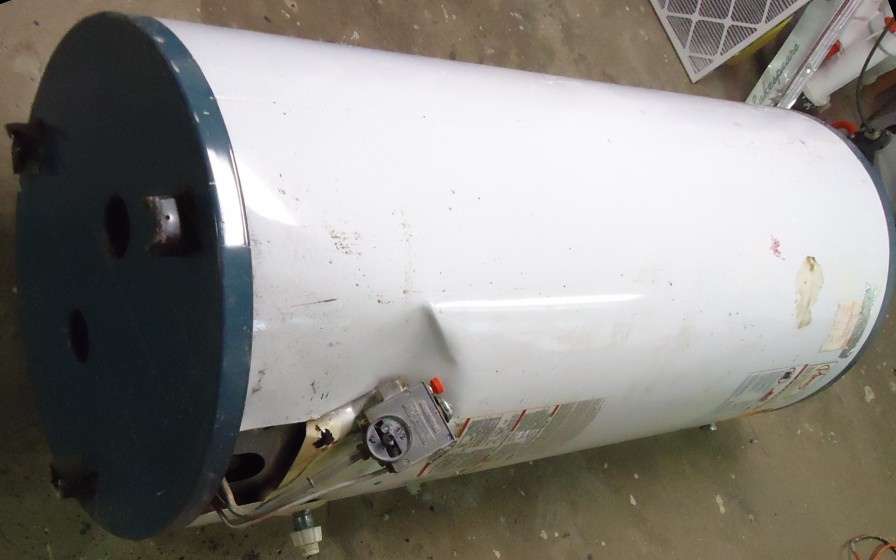
If you’re like most people, you’ll be relying heavily on your water heater this Fall & Winter. Proper maintenance of the hot water heater, including periodic draining of the sediment, is a critical part of keeping it running throughout the cold months of Fall and Winter.
Sediment that isn’t properly drained from the heater can circulate through your pipes and decrease its efficiency, thus shortening the life of the unit. The owner’s manual for your water heater should tell you how often to drain the sediment, but in general, it’s a good idea to do this every one to three years.
Materials:
Process:
- Cut the power to the water heater. For electrical heaters, this will be a matter of simply cutting the power. For gas water heaters, this will be a matter of turning the thermostat to the “pilot” setting.
- Turn off the cold water supply valve to the water heater. The valve will be found at the top of the water heater where the cold water enters the heater. You may need to turn the valve clockwise only 90 degrees, or you may need to rotate the valve for several turns.
- Turn on the hot water faucet in the bathtub of your house to prevent a vacuum from forming in the pipes.
- Attach a garden hose to the drainage valve at the bottom of the water heater.
- Run the other end of the hose to a bucket. Remember, unless you have allowed the water to cool over night, the water that exits the hot water heater will be very hot and should not be dumped into a bucket that may melt. When handling very hot water, you may need to wear gloves to protect your skin.
- Open the drainage valve and allow the water to pour into the bucket. Fill the bucket with water, then turn off the valve. Wait for the water to settle for a few minutes, then look for sediment.
- If you see sediment, grit or dirt in the water, then run the hose to a location where the water may safely drain. This may be into a bucket, out a window or into your driveway. If you see not dirt in the water, then your water heater does not require draining at this time.
- Open up the drainage valve again and continue draining the rest of the tank until the water runs clear.
- Close the drain valve at the bottom of the heater.
- Turn off the faucet in your bathtub.
- Remove the hose from the drainage valve.
- Turn on the water supply valve and fill the tank.
- Turn on any hot water faucet in your home. When water begins to flow through the faucet, the hot water tank is full again.
- Turn on the power to the hot water heater.
Tips:
- If there is a great deal of sediment in your water heater, you may need to fill the water heater and drain it multiple times.
- Never turn on a hot water heater that is not full of water. Doing so could destroy the tank.
If you have concerns about the functionality of your hot water heater, contact a licensed professional plumber. Residents of the Pittsburgh area are welcome to contact Terry’s Plumbing for all their hot water heater needs.
 (412) 364-9114
(412) 364-9114
